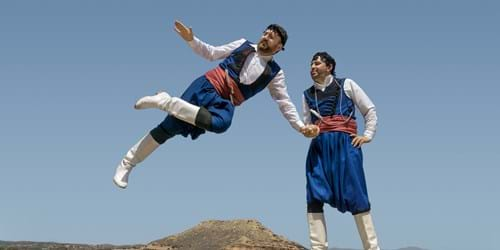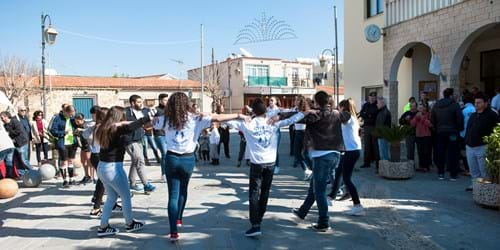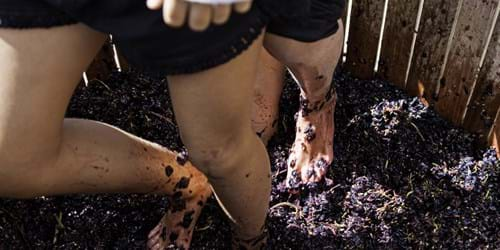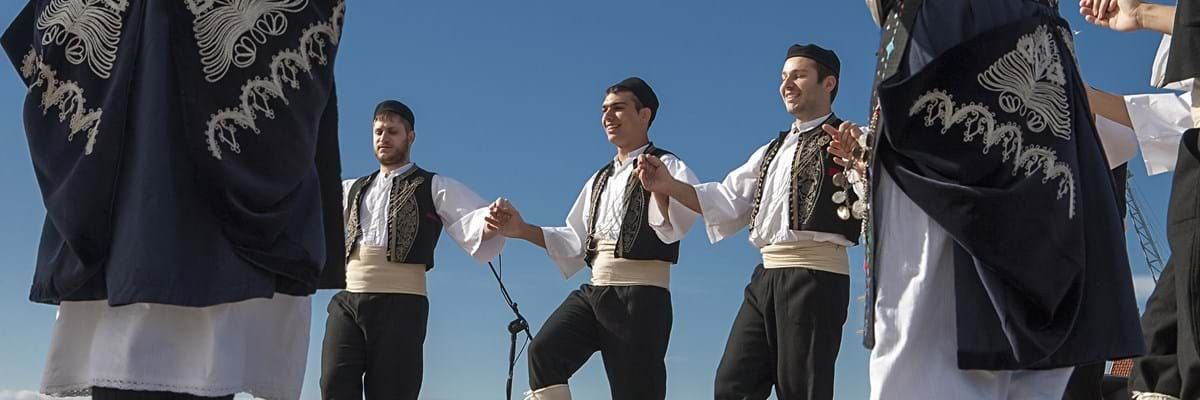Dance is in the Greeks’ soul – not surprising considering it was once thought to be the language of the Gods (see our article on Greek Gods) – and nowadays a dance session can break out at a taverna at any time.
There are thousands of traditional dances with their own origins in regions across the mainland and the islands, once were performed at religious celebrations, accompanied by lyres and lutes, and now they have gradually spread to other festivals, public holidays, weddings and birthdays or just for fun.

In ancient times, monuments were erected in honour of the most skilled performers and you can find archaeological artefacts depicting performers in many museums in Greece and around the world.
Apollo, God of music and poetry, was referred to as The Dancer while one of the nine classical Greek muses Terpsichore is the Goddess of dance.
Here are some of the most popular dances you might come across:
Kalamatianos
The festive dance Kalamatianos dates to ancient times and involves the participants holding hands in a circle. It is said to be the national dance of Greece but it is rivalled by the fast-paced Pentozali, where the dancers stand in a line and hold on to the shoulder of the person next to them.

Sirtaki
Ironically, one of the best known is relatively recent. Sirtaki or Syrtaki was created for the 1964 film Zorba the Greek, starring Anthony Quinn and Alan Bates which was written, produced and directed by Greek Cypriot Michael Cacoyannis. It starts slowly but builds to a climax and is believed to have been inspired by the more classical Hasapiko, from around the Middle Ages, which has a similar mix of rhythms.
Imeneos
On your travels around the towns and village you may well come across a wedding and witness the twist and turns of the Imeneos performed by the bride with her mother and friends, while the groom performs the Zeibekiko. This was originally like a war dance with two armed men facing one another but later developed into an improvised dance for a single male.

Epilinios
Wine-makers treading grapes with their feet is more usually associated with the French but it was widespread in the early days of the process and the excited Epilinios dance, often performed on top of vats, relives the tradition.
Geronos
In many of the very early dances men and women did not dance together but the young of both sexes would join up in the Geronos dance, sometimes referred to as the chain dance, which retells the story of Theseus escaping from the labyrinth after killing the Minotaur.
So, when in Greece, get dancing!




